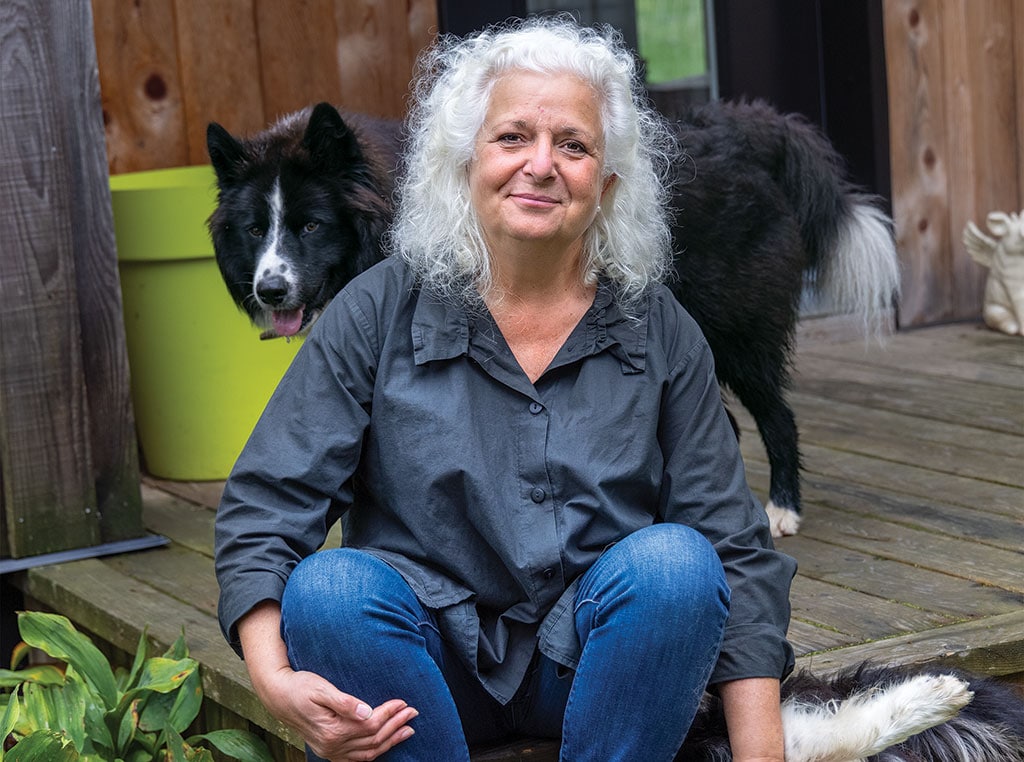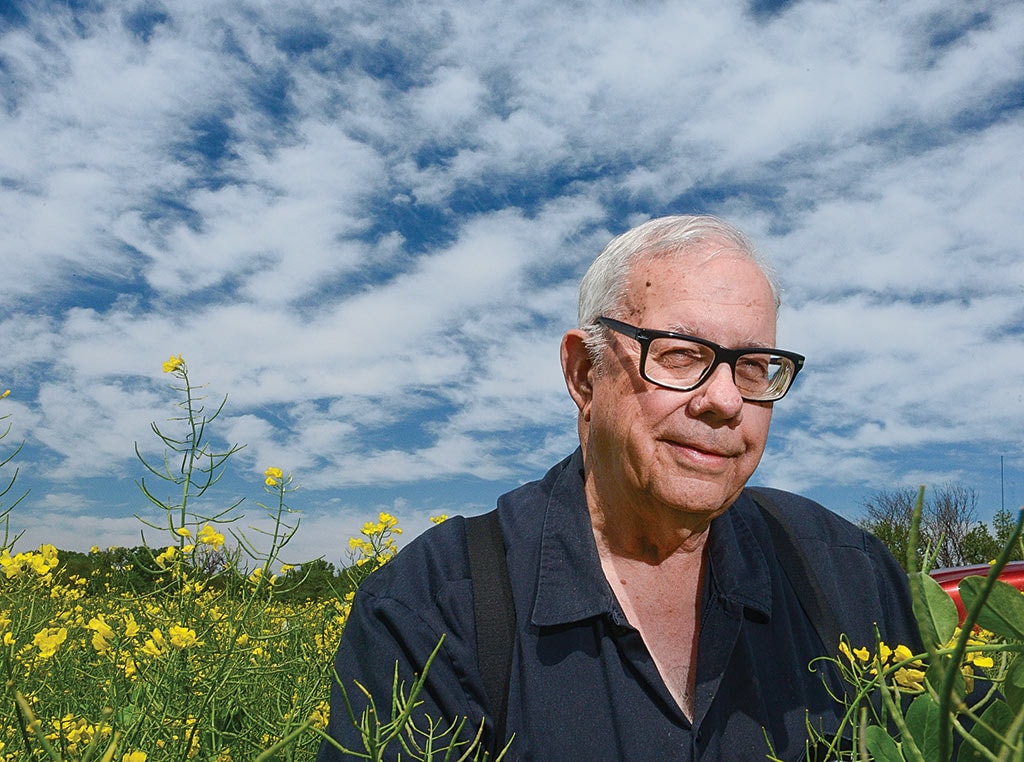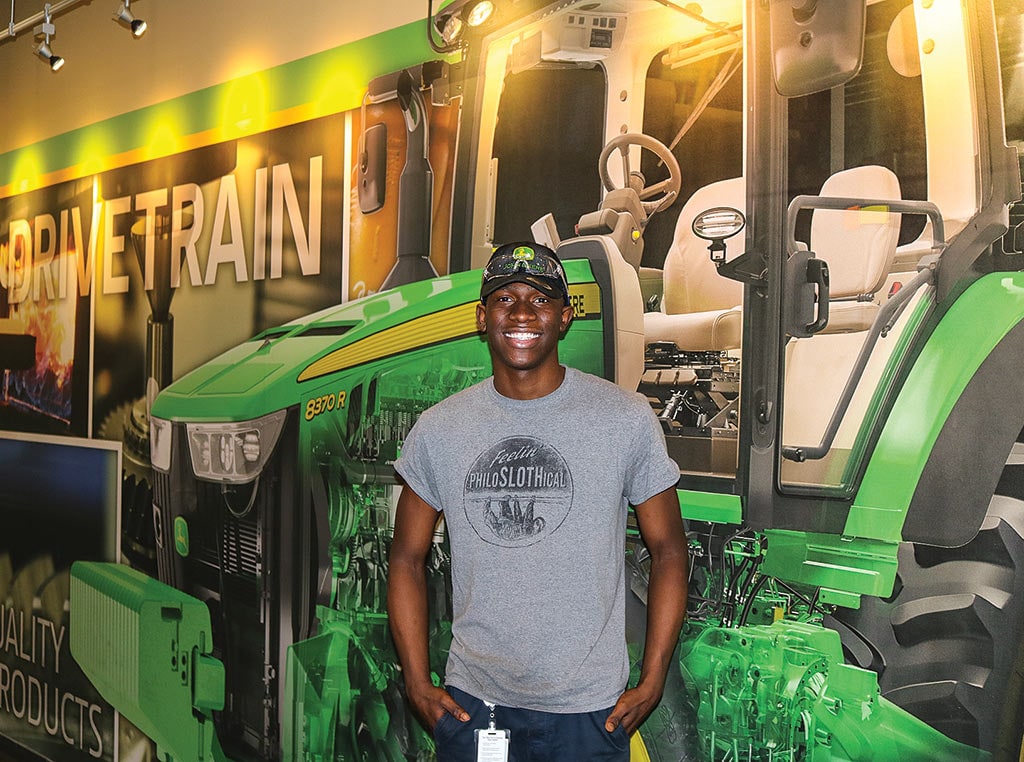Agriculture, Education February 01, 2022
Finding the Magic
What an amazing time to be involved in agriculture.
‘All the World is a Laboratory to an Inquiring Mind,’ reads an inspirational poster often seen in school libraries and science rooms. The quote is attributed to a physician famous for epigrams on the practice of medicine, but it’s personified on Jim Robb’s Danville, Kansas, farm.
Like a kid in a candy store, Robb’s fascination with nearly everything happening in his fields spurs his quest to understand it. “I got hooked on science in the fourth grade when a retired naval communications officer on my paper route gave me one of his training manuals. My interest was spurred by the stepped up focus on science and math that occurred after Sputnik in 1957. I collected a lot of science fair awards in school and guess my excitement for verifying what I observe has spilled over into my farming career,” says the citizen scientist.
Robb is a regular at field days and farm meetings in his area and he inevitably has a collection of posters that display his findings in the back seat of his pickup truck. As opportunities develop, he sometimes shares one of these with the often amazed program presenters.
“They’re often surprised at the amount of data I’ve gathered for just a few dollars, rather than thousands spent in a research grant,” says Robb.
Tickling the mind. Robb’s passion is to find the little things that mean a lot. His projects range from the simple—like demonstrating how a single corn seed magically develops 360 exact copies in just 150 days—to the complex—like analyzing five years of rainfall and hail events that raise questions about the impact wind turbines have on the weather.
“One project I enjoy sharing is how I demonstrated that corn grows mostly at night. I put a measuring stick next to a corn plant in the field and photographed it every morning and evening for ten days in mid-July. That corn plant grew 1.8 inches in one night and over the ten days it grew 7.25 inches at night and only 1.25 inches during the day,” he says.
He found that areas near the wind turbines on his farm received 20% more rainfall and half as much hail as other areas. In an effort to explain the green ring of healthy plants that surrounded the ant hills scattered in his no-till fields, he found that soil fertility in those ant hills was ten times greater. Another project details the trend in the population of trees in a pasture on one farm.
“I like to do at least one project a year and prepare a poster to display at our county fair. It provides a great opportunity to just talk with people,” says Robb.
New challenges. Robb’s current obsession is with companion cropping—growing multiple crops together at the same time. “We’ve been working at it for five years and are currently harvesting four crops per year by growing canola and peas together during the winter and sunflowers and soybeans together over the summer. There’s a lot of symbiosis that occurs between the two crops and we’re trying to exploit the benefits.”
Robb says those benefits include water, crop nutrients, insects and even crop diseases. “If one of the crops is a legume it provides nitrogen for the other. If one is deep-rooted it brings moisture and nutrients up to the other. If one has a large seed it will help its small-seeded partner to emerge and if one has strong upright stems it will allow the other to grow taller.”
In Robb’s system, crops are planted at the same time, in the same row and at the same depth. Canola and peas are harvested together and run through a seed cleaner. Taller sunflowers are harvested prior to soybean harvest.
Robb shares his fascinations with friends and family in regular emails pointing out everything from observations in his fields to celestial viewing opportunities overhead. “It’s just amazing how fortunate we are to be working so closely with nature. How could we be so lucky?” ‡

Growing crops together allows symbiotic relationships that are beneficial to both crops.
Read More

AGRICULTURE, LIVESTOCK/POULTRY
Never Too Late
Couple reinvents their life in their 40s.


